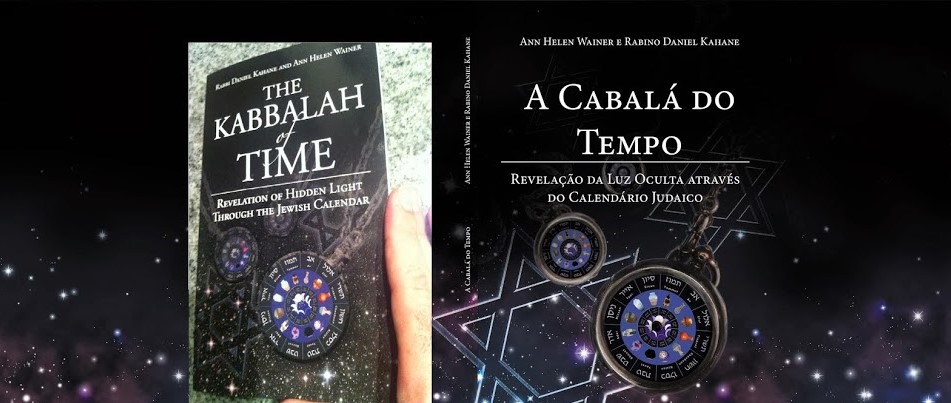The sheep [and goat] is saying:[1]
"Who is like You among the might ones, G-d, who is like You, mighty in
holiness, awesome in praise, worker of wonders." (Exodus 15:11)
Rabbi
Yishmael would say: Be yielding to a
leader, affable to the black-haired, and receive every man with joy.
Hod shebeNetzach (glory
and gratefulness within the context of victory and endurance)
In the twenty-sixth week, that of Rosh Chodesh Nissan, in Perek Shirah, the small pure (kosher)
domestic animal proclaims that no one is as strong, awesome and miraculous as Hashem (Exodus 15:11). The small pure
domestic animal is a reference to the sheep (the month of Nissan corresponds to the zodiac sign of Aries), as well as to the
goat. Rosh Chodesh Nissan marks the
inauguration of the Mishkan, the
Tabernacle, in which sacrifices of pure kosher animals, such as the sheep and
goat, were brought.
Nissan is the
month of redemption and miracles. The relationship of shepherd and flock is one
of the most important metaphors for the relationship between G-d and the Jewish
people. G-d is far above our comprehension, just as the shepherd is also
completely beyond the understanding of his flock. At the same time, like sheep,
we have total humility and faith that our Shepherd will lead us in the right
path, despite perhaps having to face foxes and lions along the way.
The goat is also used a symbol for
the Jewish People in the famous song that is sung by many Jews on Passover
night, Chad Gadya. The song’s name
means “One Goat,” and also appears to be phonetically similar to the word Haggadah, the text that is read during
the Passover Seder. Chad Gadya is
similar to Perek Shirah, in that it
also includes many animals and natural elements. The animals in Chad Gadya function primarily as symbols
for various exiles we have endured and the different nations that conquered the
Land of Israel. The cat that eats the
goat is a reference to Assyrians; the dog that eats the cat is a reference to
Babylon; the stick is Persia; the fire is Macedonia; the water, Rome; the ox,
the Saracens; the slaughterer, the crusaders; the Angel of Death, the Turks. At
the end, G-d saves us from all these enemies and returns us to our Land.[2]
The two zuzim, the coins used to
purchase the goat are said to be a reference to the two tablets containing the
Ten Commandments given to Moses at Mount Sinai,[3]
but also appear to be a reference to the two Temples that were destroyed, and
its people exiled. Zuz means to move,
to change places. The Third Temple, however, will not move, it will be
everlasting.
Similarly, each animal in Perek Shirah that sings during Nissan represents a different exile, as
well as a redemption from it. Sheep were G-ds to the Egyptians, our first
exile, and the goat, Seir in Hebrew,
is a reference to Esau, our last. It was in this month that we were redeemed
from Egypt, and it is in this month that we will be redeemed in the future.
The Torah states unequivocally that Nissan is the head of all months, Rosh Chodashim. It is therefore
represented by the Tribe of Judah, who was the leader of his brothers, and from
whom King David descends. All legitimate kings of the Jewish people - including
Mashiach – are descendants of King
David and therefore of Judah. The word for Judah in Hebrew, Yehudah, comes from the word hoda’ah, which means acknowledgement.
This is the same root of the word Modeh,
as in the prayer we make when we first get up in the morning, the Modeh Ani, in which we acknowledge G-d
as our King and thank Him for returning our soul. The tribe of Judah is
characterized by self-sacrifice, acknowledgement, and thankfulness.
Because the Egyptians idolized sheep,
it is extremely appropriate that it be the one to proclaim the absolute
greatness of Hashem. The Sheep is the
animal used in the Passover sacrifice, showing the Egyptians that G-d is far
greater than any other god. On Shabat
HaGadol (the “Great Shabbat,” which takes place right before Passover), we
celebrate the miracle of how the Egyptians did not react negatively toward the
Jewish people, when they tied sheep to their bedposts, and told the Egyptians
that they were about to sacrifice their gods in the coming days.
Nissan is the
month of Passover, and it is therefore appropriate that this week’s song be
from the Song of the Sea, which was sung after the miracle of the splitting of
the Sea of Reeds.[4]
The number twenty-six is the gematria of G-d’s name, “Hashem.” Twenty-six also equals two
times the number thirteen, the gematria
of the word echad, one, as well as ahavah, love.
Rabbi Yishmael in Pirkei Avot teaches us this week that we
must submit to a superior (literally “the head”), and be courteous to a younger
person, greeting every person with joy (III:12). Among the kohanim, Rabbi Yishmael was the head, the Kohen Gadol. In addition to his close connection with Hashem, Rabbi Yishmael, as Aaron before
him, had a great love for each member of the Jewish people, independent of his
or her status or stature. This verse also has a clear connection with Nissan, the head of the months.
The sefirot combination for this week results in hod shebenetzach. With humility and gratitude, self-sacrifice and
acknowledgement, we achieve the miraculous victory and redemption that takes
place during this month.
We learn from the sheep and the goat
that our work of improving ourselves physically and spiritually must be based
on our strong belief that only Hashem
can truly redeem us.
[1] While Rabbi Slifkin
translates this animal only as sheep, Rabbi Lazer Brody includes goats as well.
The Hebrew term can be translated literally as “small/thin pure animal.”
[2] Wikipedia, available at: http://en.wikipedia.org/wiki/Chad_Gadya
[3] Ibid.
[4] Exodus 13:16

No comments:
Post a Comment